Revisting The 1947 Partition: The Grassroots Heartbeats In The Twilight Of Colonial Bengal? – OpEd
A band of chroniclers periodically challenge who got what and who did what immediately before and after the 1947 division of Bengal and the Punjab. Nonetheless, the Partition recounts—top-down historiographies as they are— scarcely focus on the social transition among the Muslims in what was the rural eastern Bengal that became East Pakistan and then independent Bangladesh in 1971. Drawn from assorted sources including my previous works, selected memoirs and bits of personal and family recollections, this essay centers on East Bengali grassroots dynamics in the 1940s and the early 1950s, the growing Bengali Muslim leaders in the villages and the district towns, and the Hindu-Muslim interactions in the twilight years of the British Raj.
The Hindu minority people had apprehensions about living in a prospective Muslim-majority state envisioned in the thrust for Pakistan. Yet, periodic Hindu-Muslim tensions in our vicinity did not blaze into communal atrocities as it happened in a couple of East Bengali regions or Kolkata or in the Punjab and Bihar. A small but an influential Hindu bhadralok community, the religiously mixed local officials, the town’s police station, and the younger Muslim allies maintained a modicum of peace in our neighborhoods. A handful of Hindu boys at our school hailed from the remote rural areas —-they stayed with their grandparents in our town, perceived to be a safer strip in those troubled years.
In his memoir (Jiban Jeman Dekhesi, Part 1, Dhaka, 1992), Dr. R. H. Khandkar, an internationally acknowledged economist remembered that Dhaka City, in the 1940s, was essentially divided between the Hindu and Muslim enclaves, which looked a bit like the territorial bifurcation between Hindustan and Pakistan as projected in the street roil of the 1940s. My father remembered that Rankin Street, Wari, and Ram Krishna Mission Road sections were Dhaka’s village outskirts from 1915 to 1919 while he was a Dhaka College student. But in the 1920s and 1930s, the Hindu Talukders, doctors, lawyers, businesspeople, government officers and teachers from the adjacent districts built their residential houses in those tracts. Between the two World Wars, communal disruptions also spanned in certain districts when the affluent Hindu families preferred to live in the urban areas for better security even though Dhaka and other district towns were not immune to intermittent Hindu-Muslim clashes.
Ever since the legislative and electoral reforms of the 1920s, both at the provincial administration and the local councils, the Hindu bhadralok’s prominence, as a rule, waned in the East Bengal districts. Not always acknowledged in the academic and popular histories, the Muslim legislators knocked the corridors of power in Kolkata! Their legislative empowerment trickled down to the rural areas through patronage and infrastructural development. The bulk of the students and teachers at Dhaka University were Hindus for years since 1921; nevertheless, more Muslim students came for higher education as the 1947 Partition loomed on the horizon.
Around 1945-1947, when I visited Dhaka, my father consistently sidestepped the Nawabpur Road where, from time to time, Muslims fell victims to the Hindu assailants. On the other hand, the Hindu visitors circumvented the Muslim neighborhoods to dodge sudden stabbing by the........
© Eurasia Review


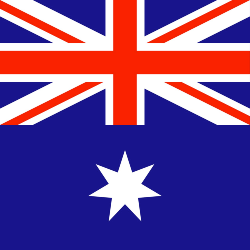

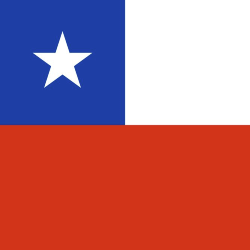
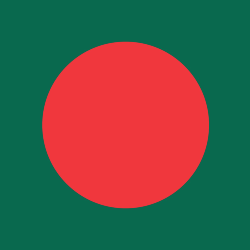







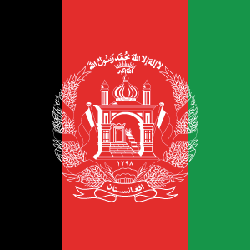




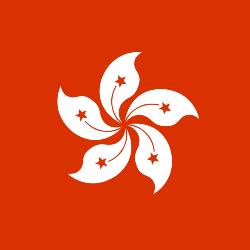


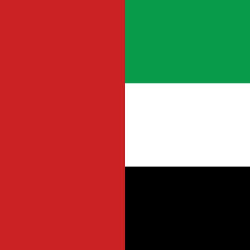
 Toi Staff
Toi Staff Belen Fernandez
Belen Fernandez Gideon Levy
Gideon Levy Andrew Mitrovica
Andrew Mitrovica Tarik Cyril Amar
Tarik Cyril Amar Dr Ramzy Baroud
Dr Ramzy Baroud Warren J. Blumenfeld
Warren J. Blumenfeld Rachel Marsden
Rachel Marsden Tafi Mhaka
Tafi Mhaka Brad Glosserman
Brad Glosserman
